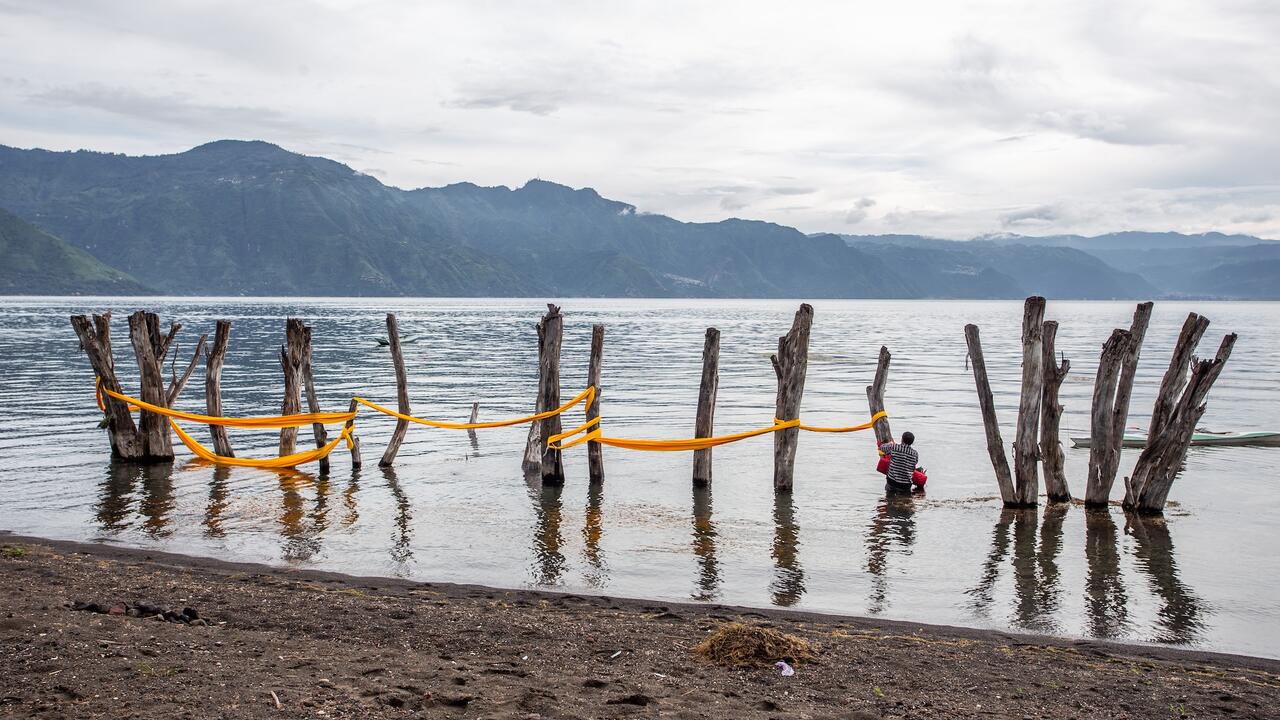Former Stedelijk Director Beatrix Ruf Cleared of ‘Conflicts of Interest’; Three Board Members Resign
The museum director, who resigned last year, acted with ‘integrity’, an independent report finds
The museum director, who resigned last year, acted with ‘integrity’, an independent report finds

The former director of Amsterdam’s Stedelijk Museum, Beatrix Ruf – who resigned from the institution last October – has been cleared of claims of ‘conflicts of interest’ after an independent investigation commissioned by Amsterdam city council. The results of the report were scheduled to be released on 26 June, but were yesterday leaked to television company AT5.
Ruf initially resigned on 17 October 2017 following reports in the local press which claimed that her external professional work carried out through her Swiss-registered private art consultancy Currentmatters presented a conflict of interest for her role at the Stedelijk, and that her dealings with donors lacked transparency.
The Dutch newspaper NRC Handelsblad published a report on 6 October 2017 claiming that Ruf has failed to properly disclose the circumstances around a major donation of artworks to the museum by German collector Thomas Borgmann. The newspaper said that the donation of 200 works was part of a deal in which the Stedelijk would also purchase seven pieces from Borgmann for EUR€1.5 million – details of the deal were initially absent from the museum’s reporting. A follow-up report on 12 October 2017 by the paper also claimed that Ruf’s private art-advisory had earned EUR€437,306 in her first year as Stedelijk director – although this had also not been detailed in the public museum’s annual report.
Ruf hit back at the claims in November last year, telling the New York Times that it had all been a ‘misunderstanding’ and that her external work was ‘contractually approved’ by the museum. She said that the significant profit statement in her first year as Stedelijk director was actually a bonus from her former employer Ringier Collection, not from her consultancy business.
Now a 120-page report, commissioned by the Amsterdam city council and put together by the legal researchers Sjoerd Eisma and Jan Peeters, has looked into whether Ruf properly followed Dutch cultural regulations. The investigation says that Ruf’s external activities never presented a conflict of interest for the Stedelijk, although she should have been more forthcoming regarding the remuneration from her consultancy work.
‘The income generated directly and indirectly in the limited company came exclusively from organizations where Mrs. Ruf held an approved ancillary position,’ the researchers said. They said that they did not doubt Ruf’s ‘integrity’, but did say that she ‘she does not always seem to have understood that her function must be performed not only in accordance with the wording of the governance rules, but also, and above all, in the spirit of the rules.’
The investigation criticizes the museum’s supervisory board for how it managed the case. Three board members – acting chairwoman Madeleine de Cock Buning, Jos van Rooijen and Rita Kersting have resigned. ‘It is time to bring the recent turmoil to an end and start afresh,’ de Cock Buning commented in a statement. A second independent investigation, also commissioned by the Municipality of Amsterdam into Ruf is still ongoing, led by administrative law professor Tom Barkhuysen, looking into questions of income-declaration regulations.
In a statement, Ruf said: ‘Contrary to stories in the press, the independent investigators concluded I always acted with integrity; all side activities were approved; and I never ran an art consulting business on the side […] But above all, I was touched most by their conclusion that I always put my heart and soul into the Stedelijk Museum Amsterdam. Because I did.’
In February, a group of promiment art world professionals – including Marina Abramović, Philip Glass and Laurie Anderson – called for Ruf to be reinstated. They said that Ruf had been ‘punished’ for having the connections which had led to her appointment in the first place, and praised her vision ‘in a world so often clouded by speculation and media hyperbole.’
Don’t miss our longread from Stefan Kobel, writing last year about issues of ‘conflicts of interest’ and relations of power in the art industry. ‘Rather than lying exclusively in the ethical conflicts of individual actors, the problem here may be structural in nature. After government cuts in many parts of Europe, museums have been forced to depend on collectors and major galleries. As a result, a multitude of grey areas have opened up.’






















